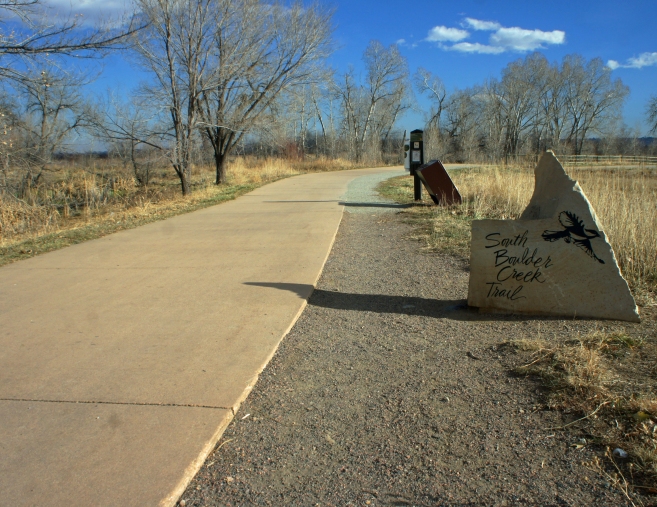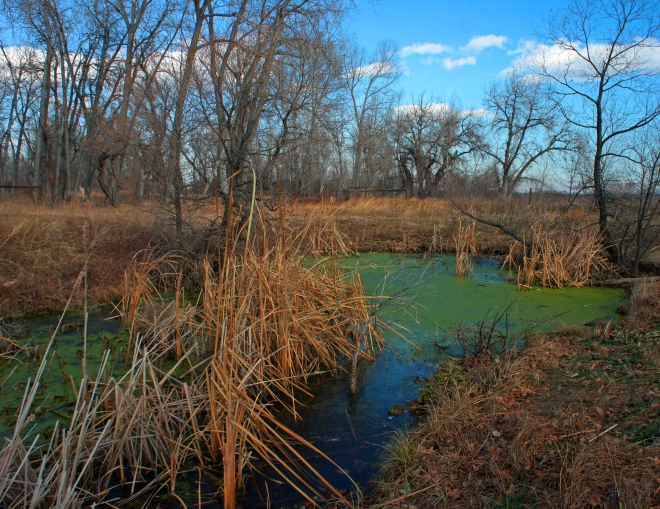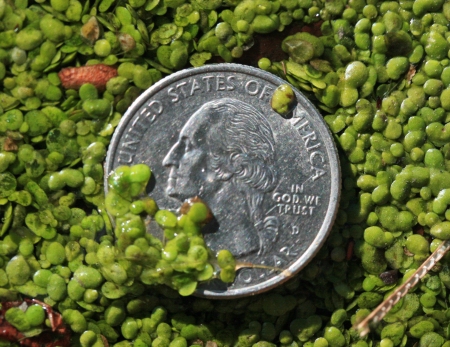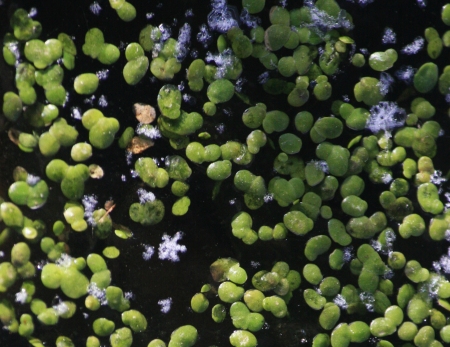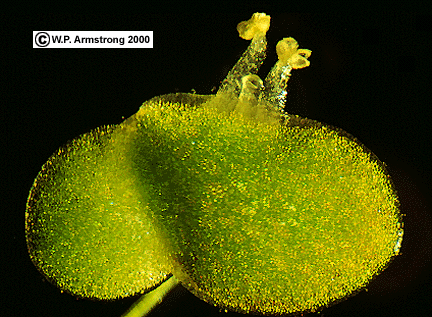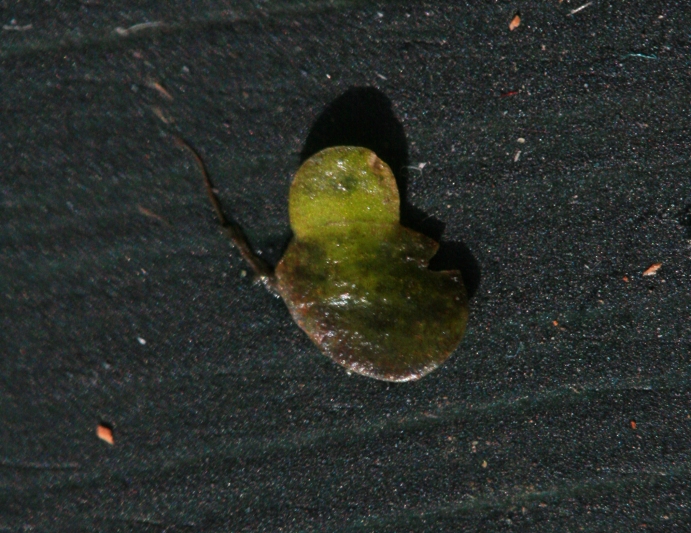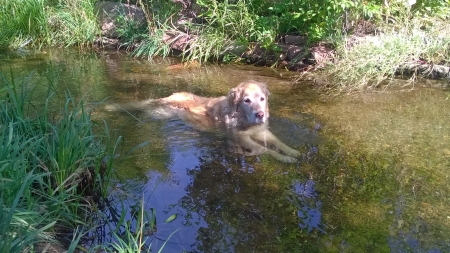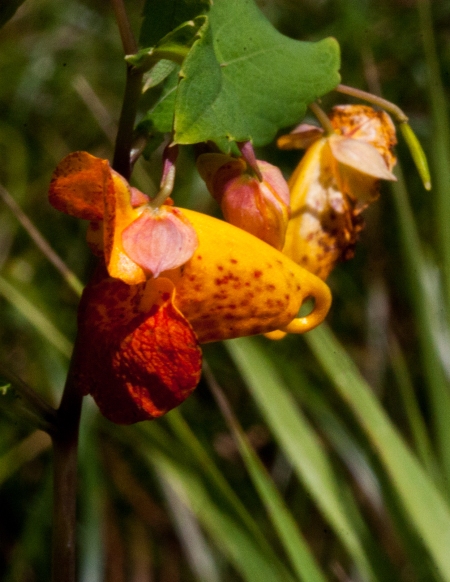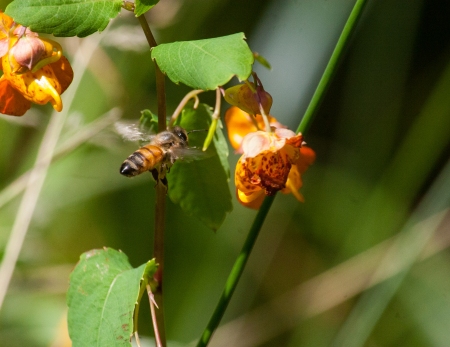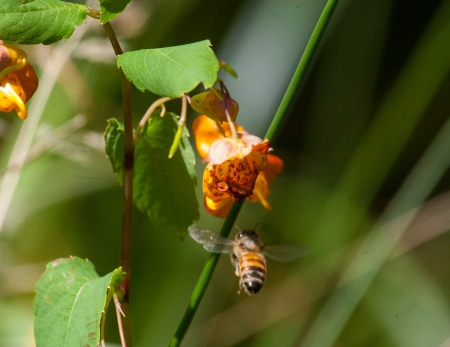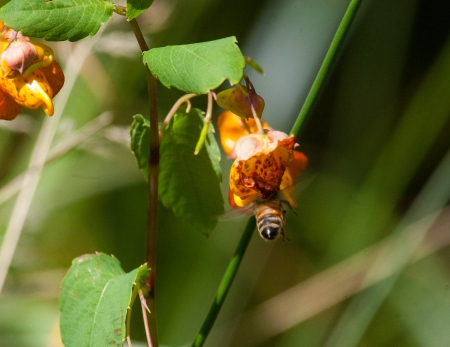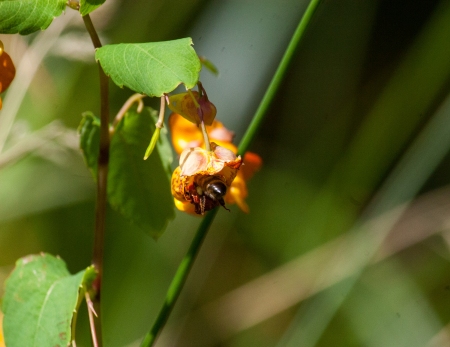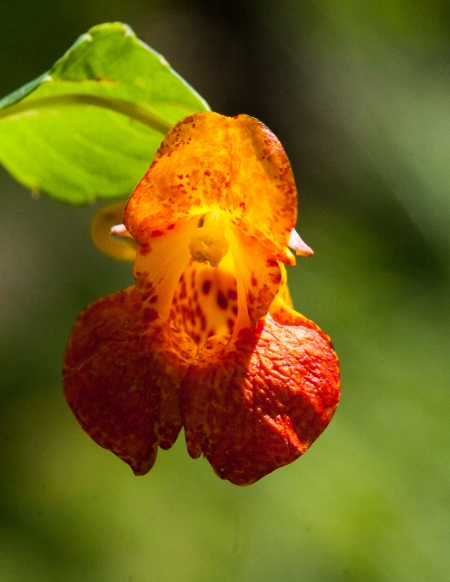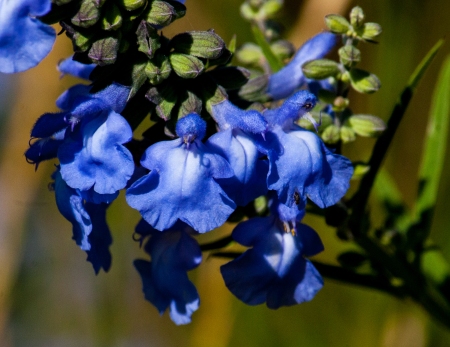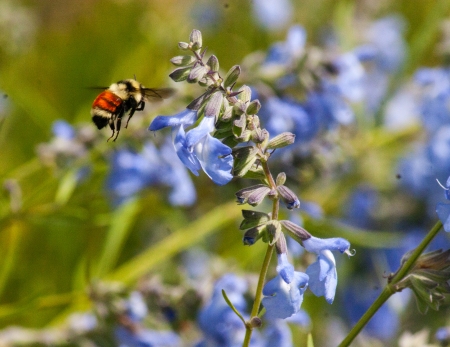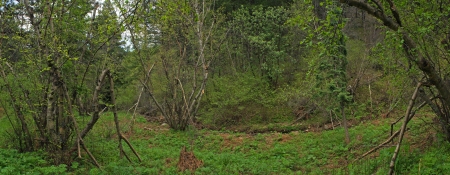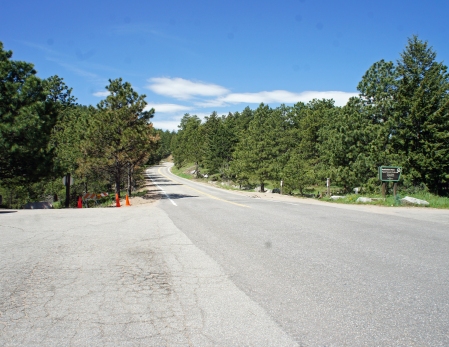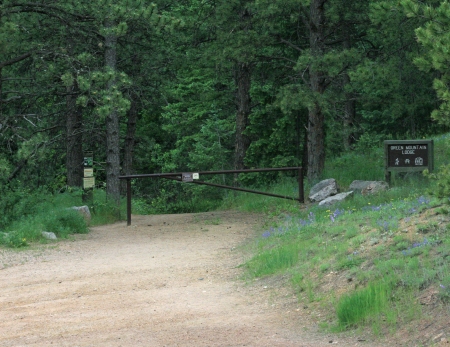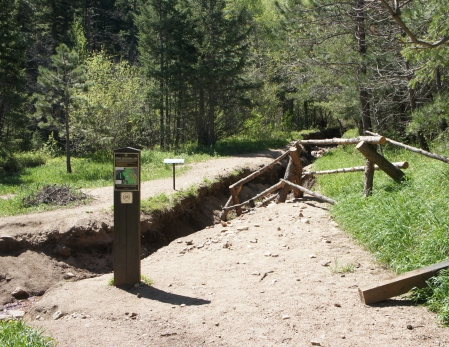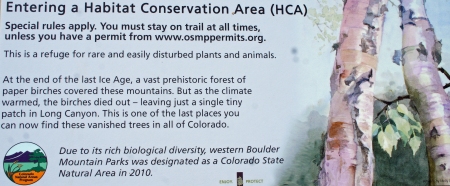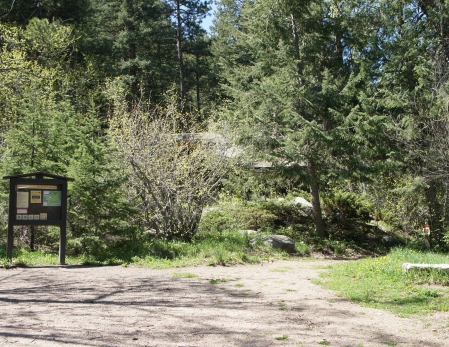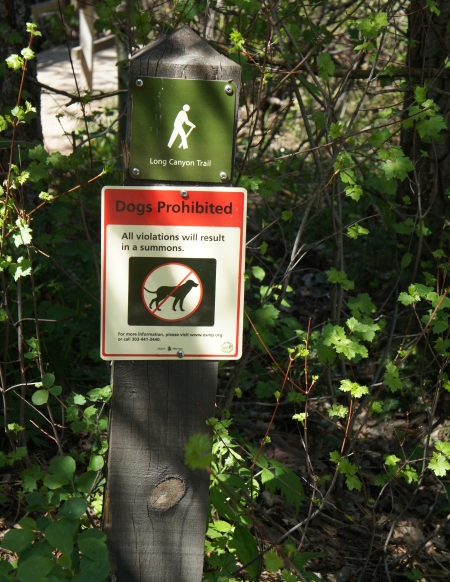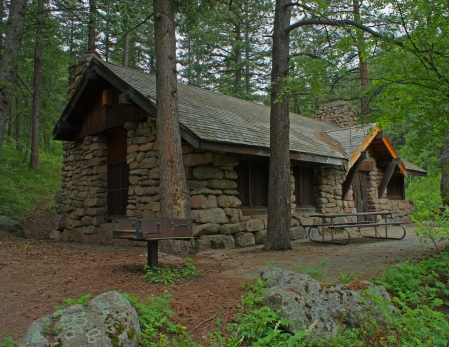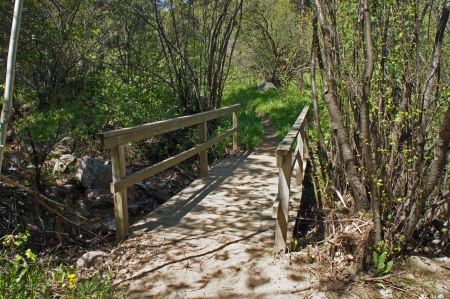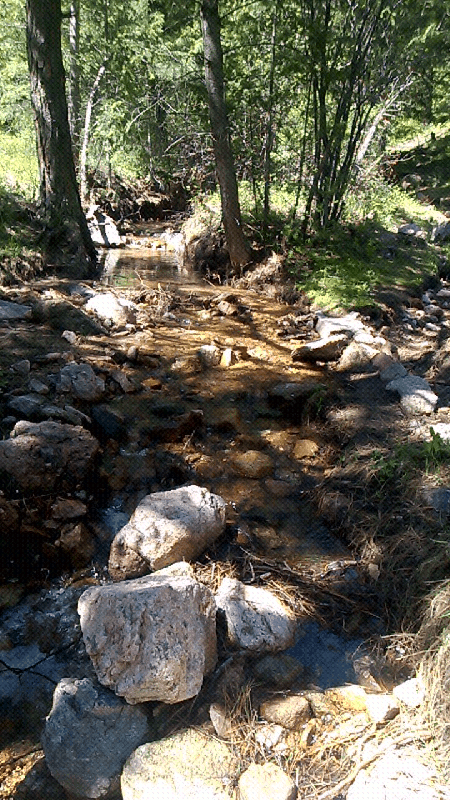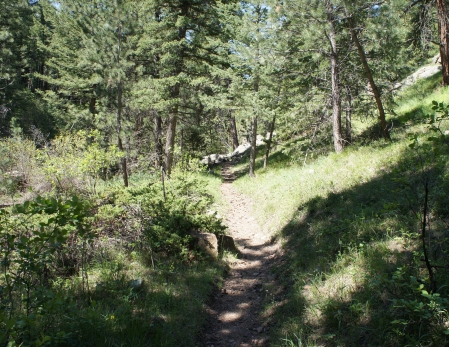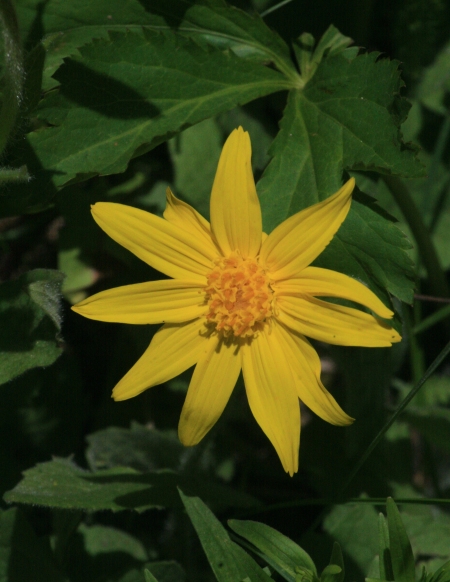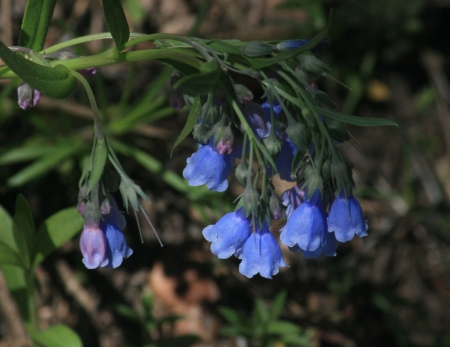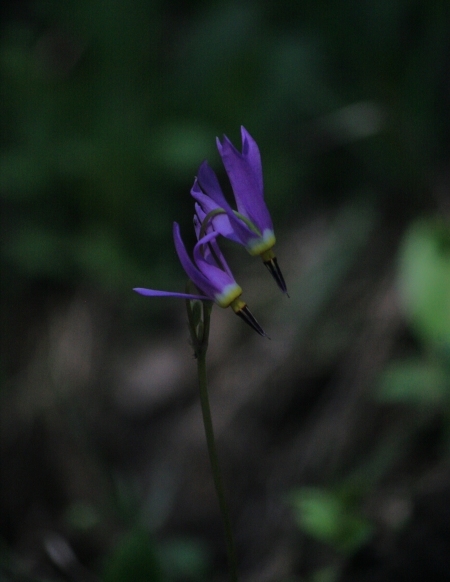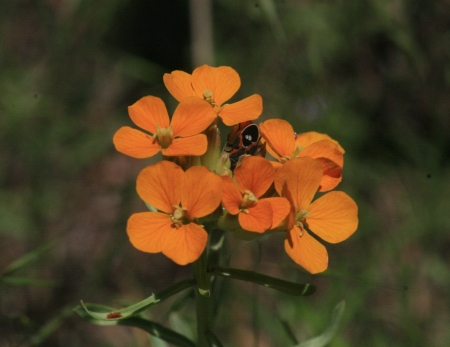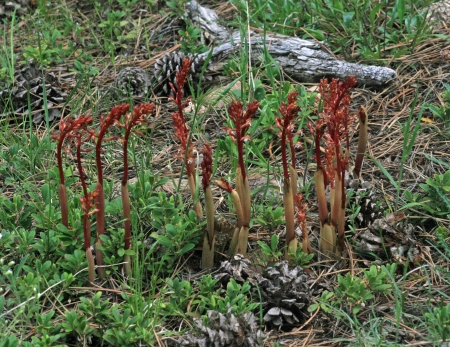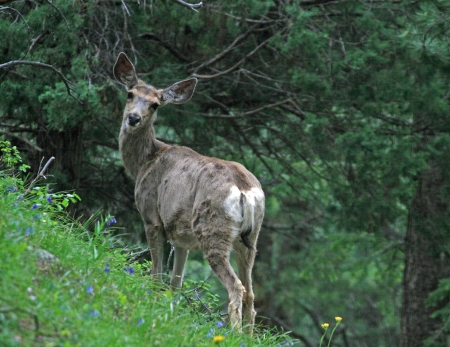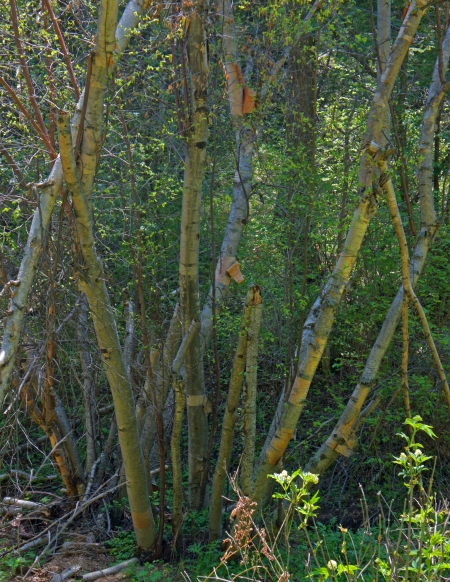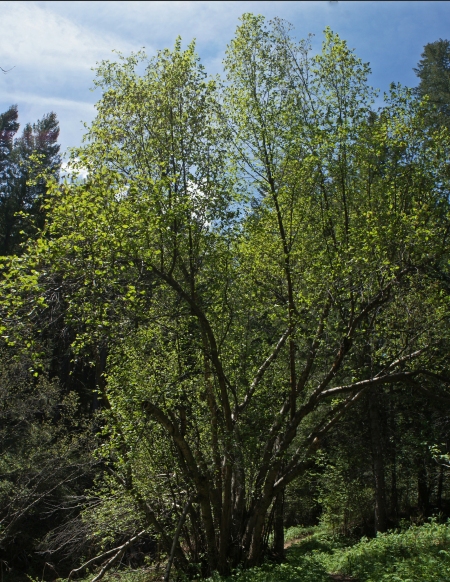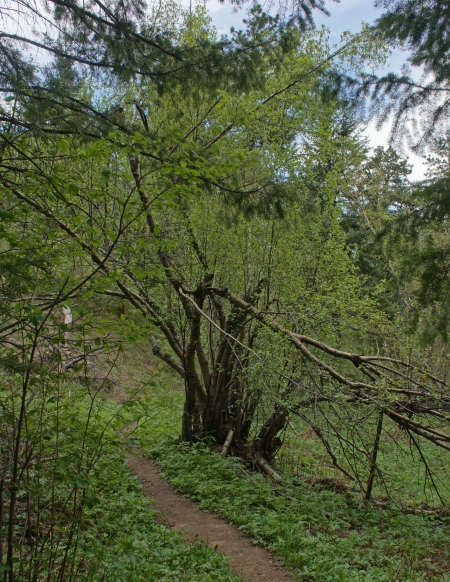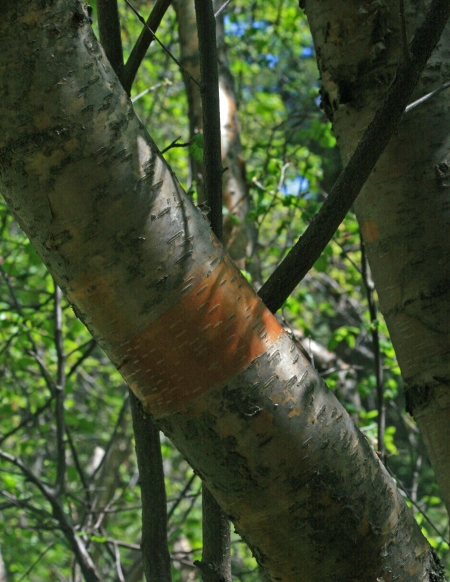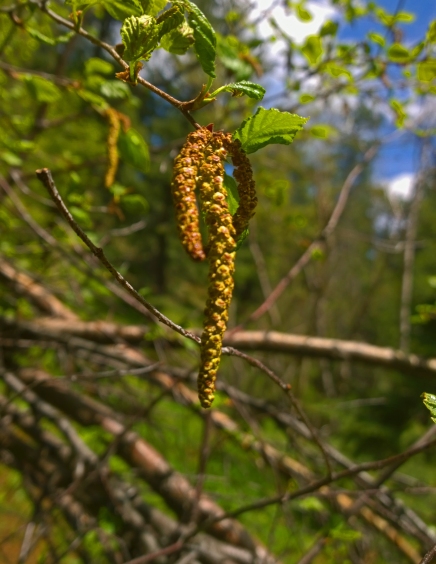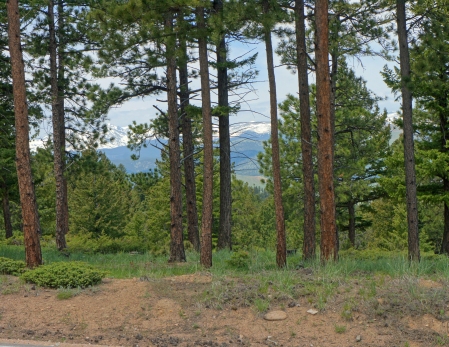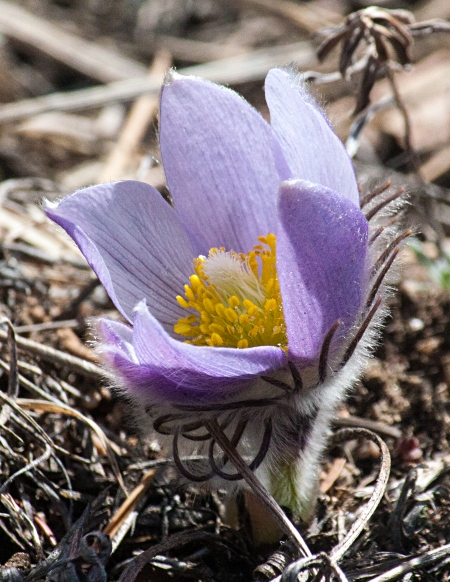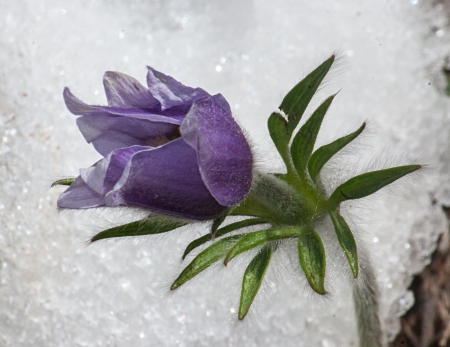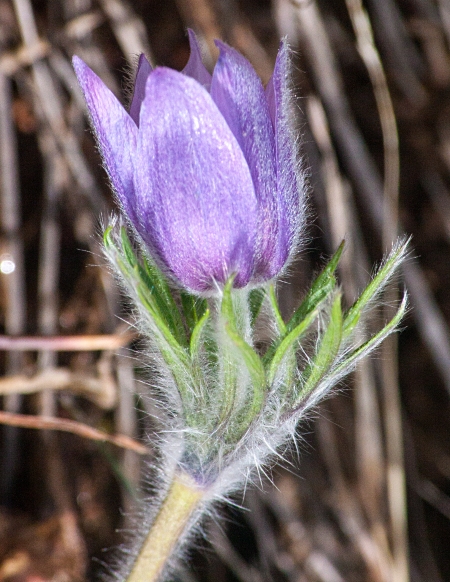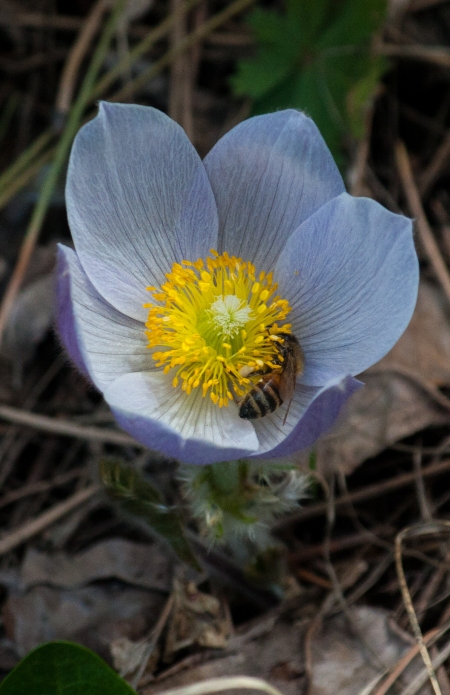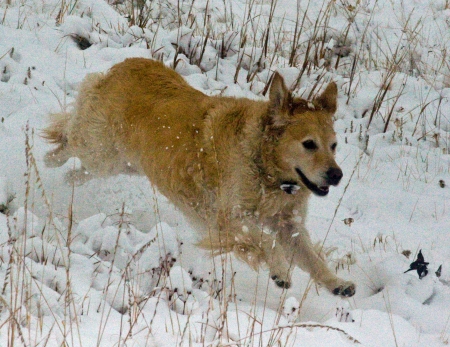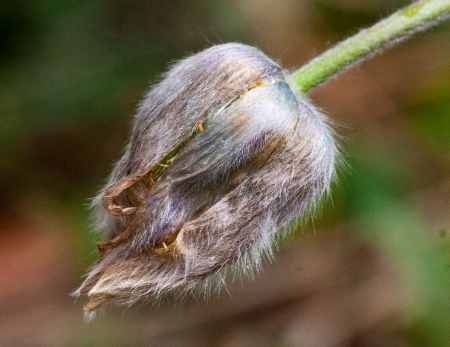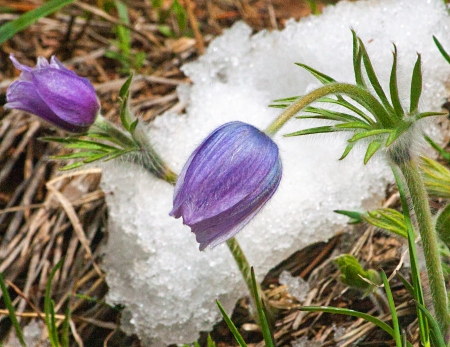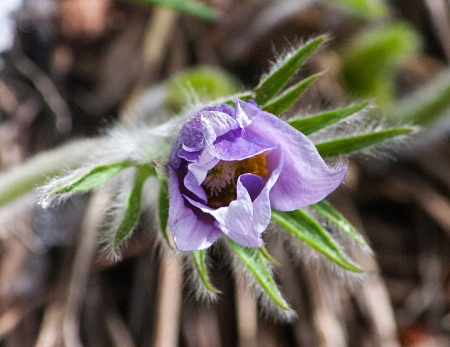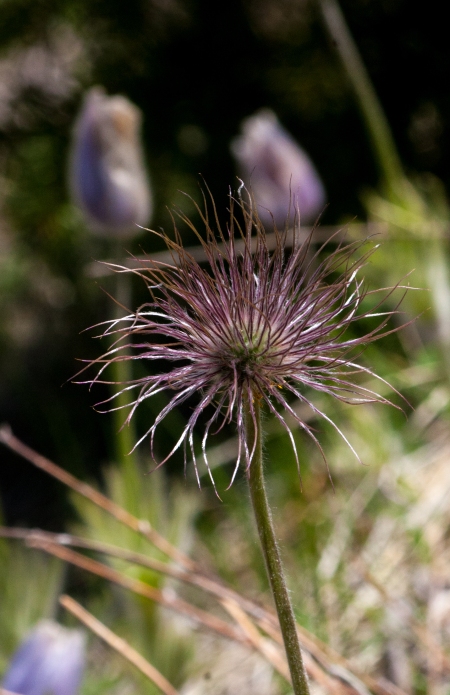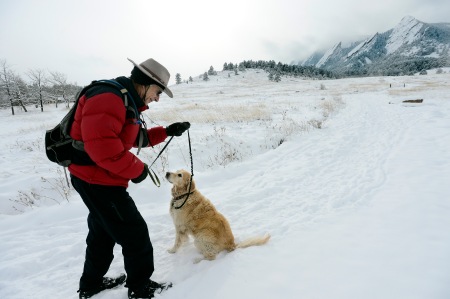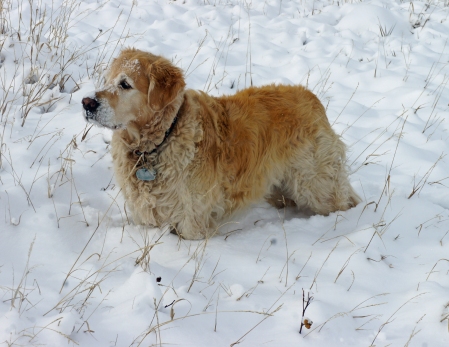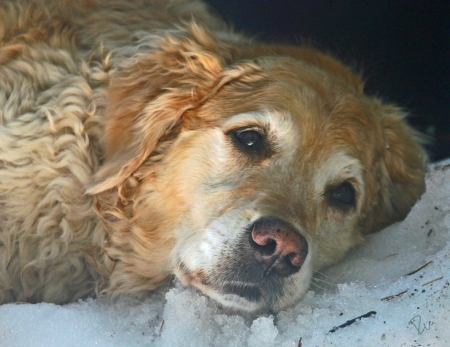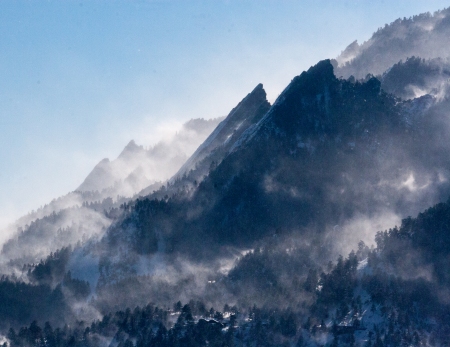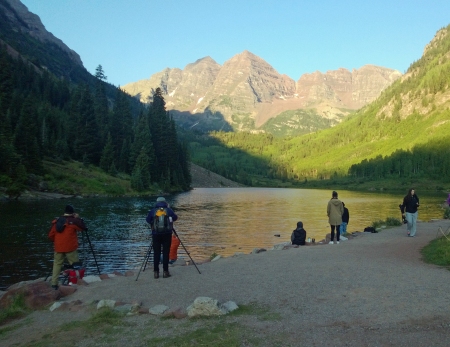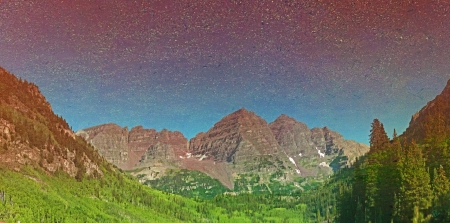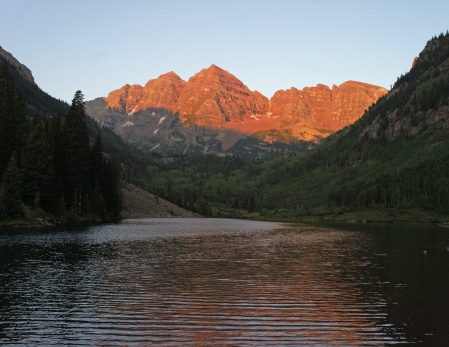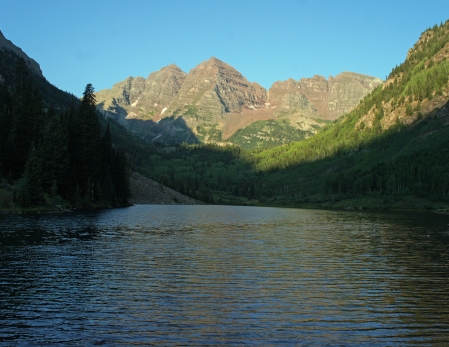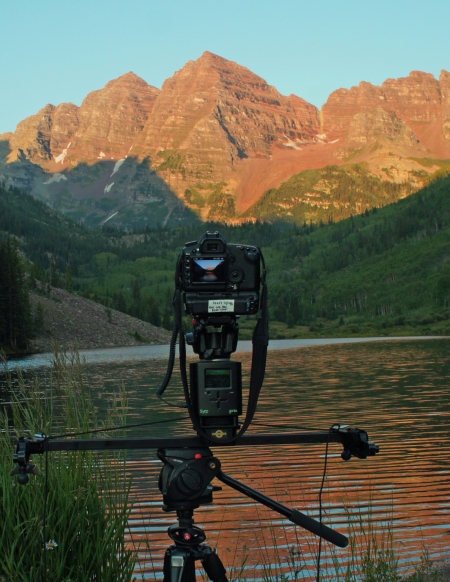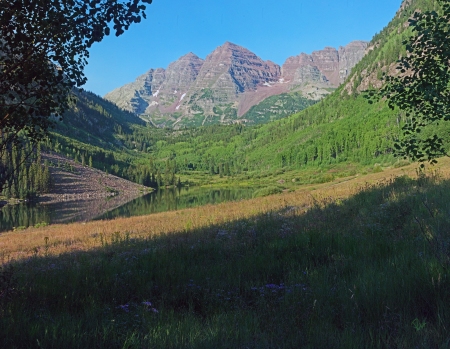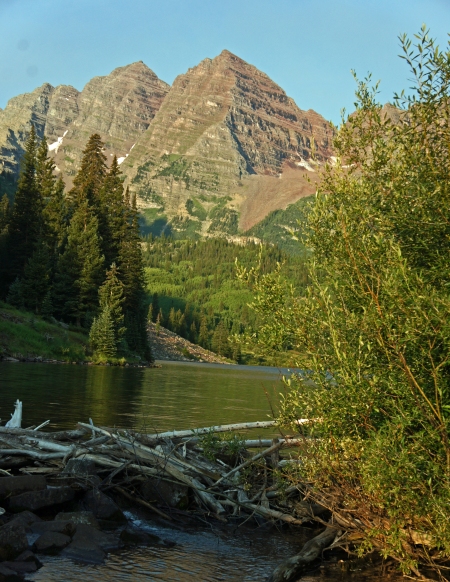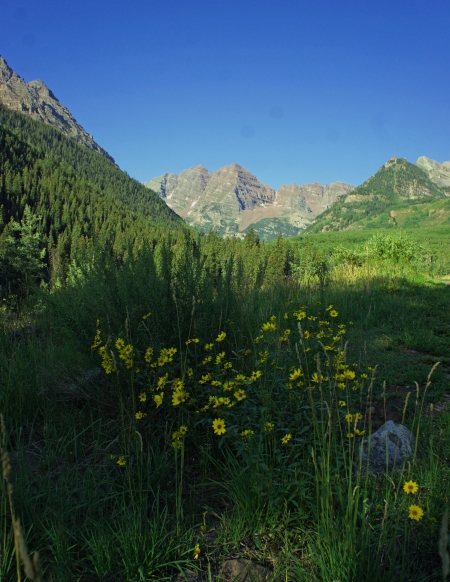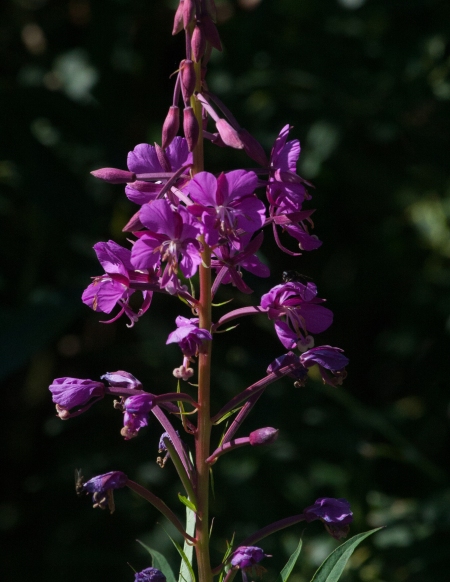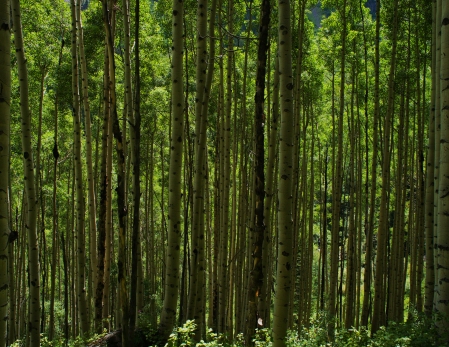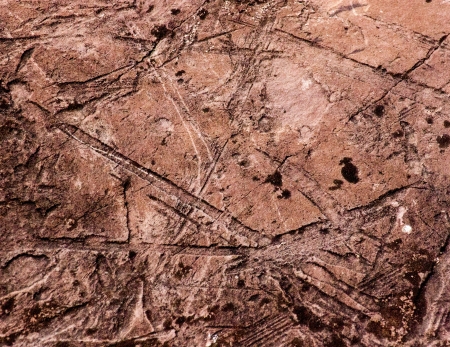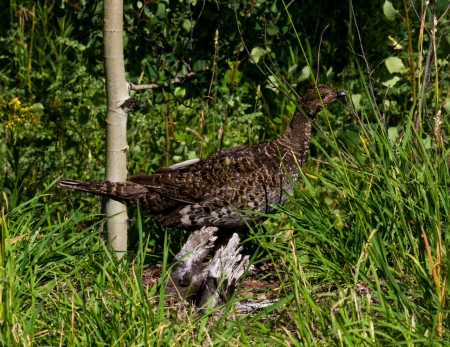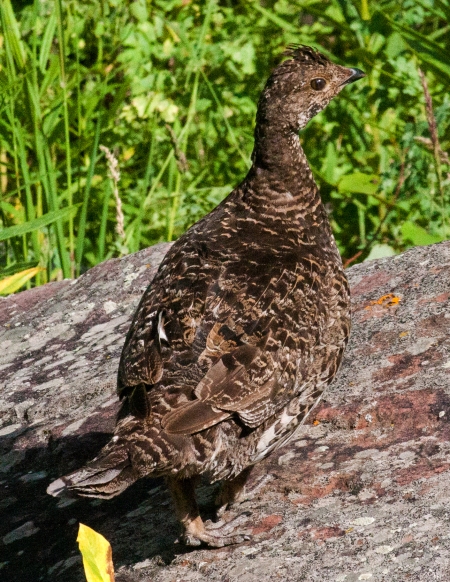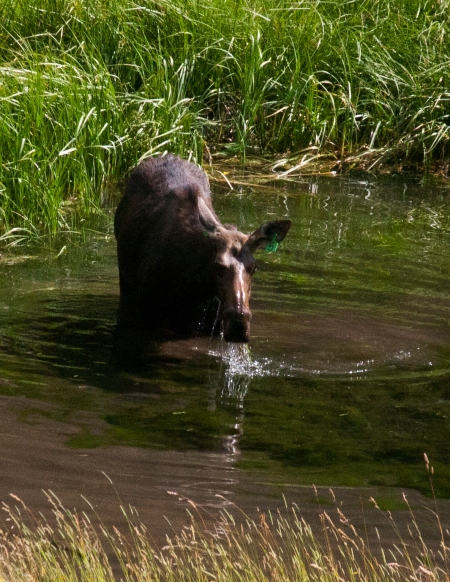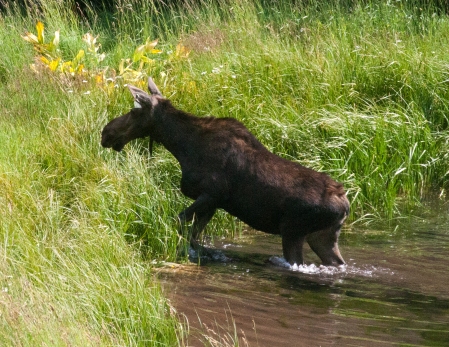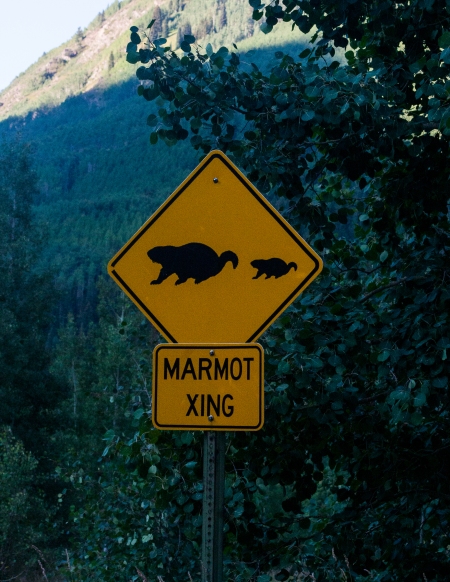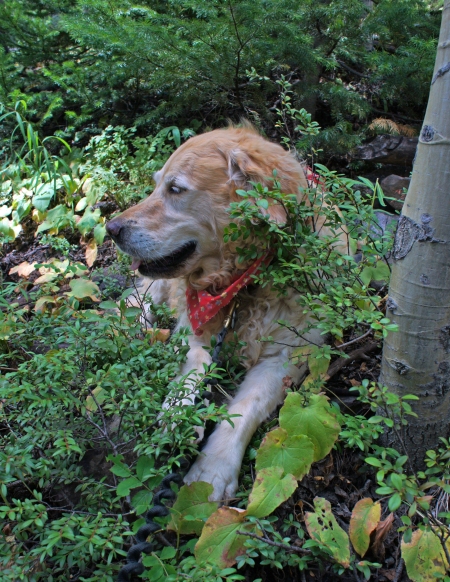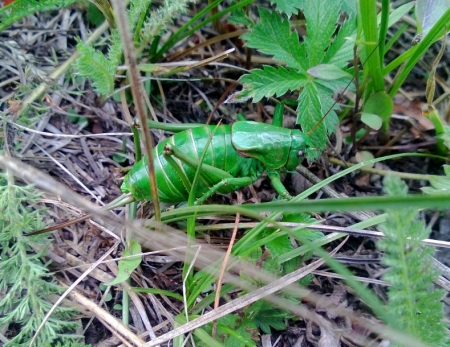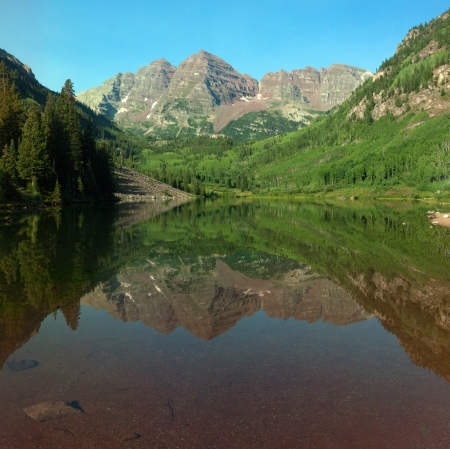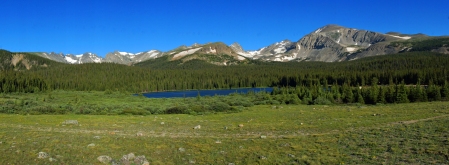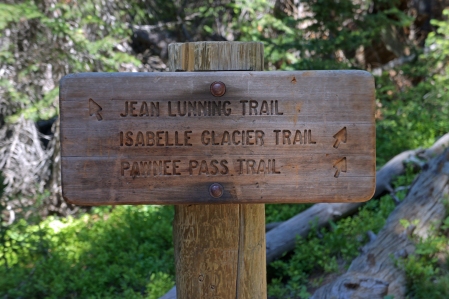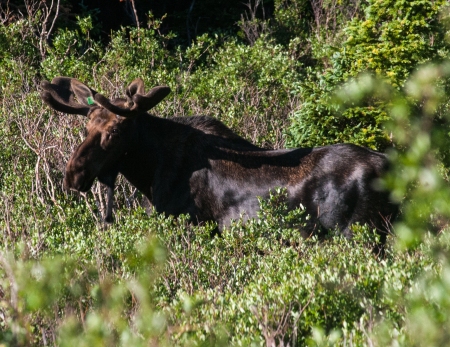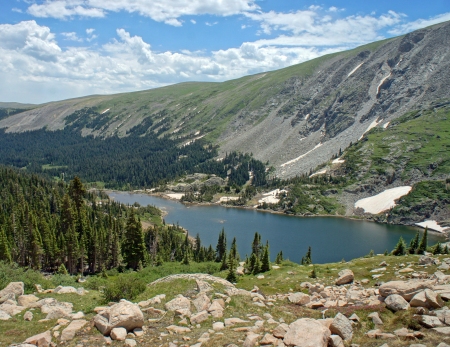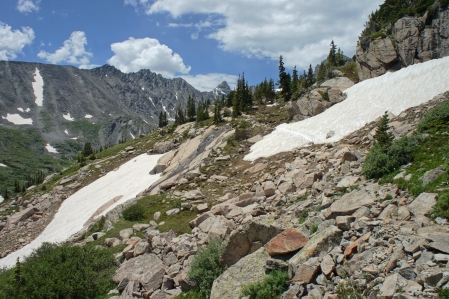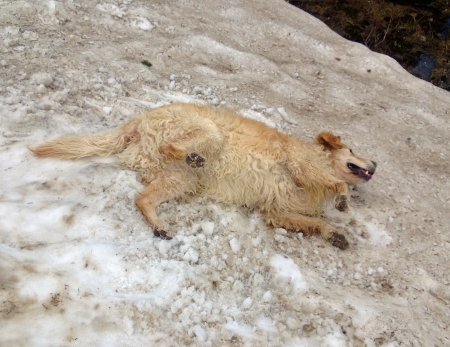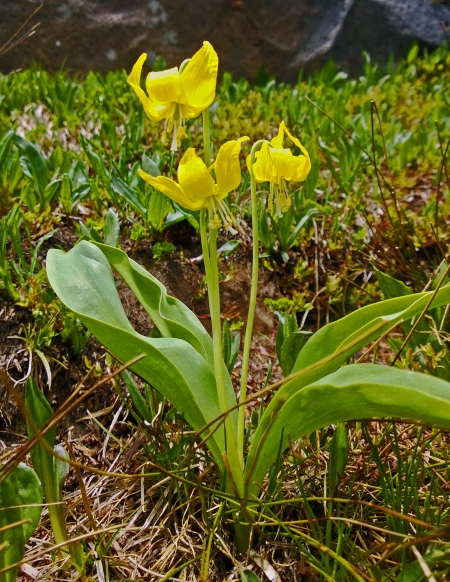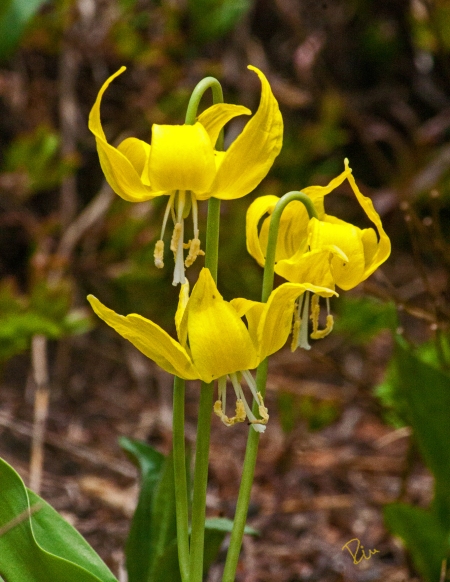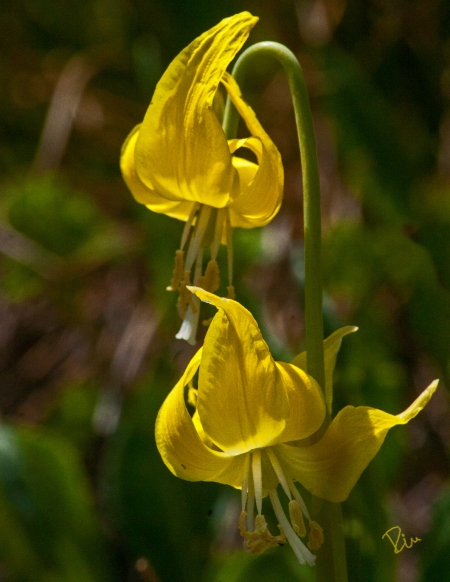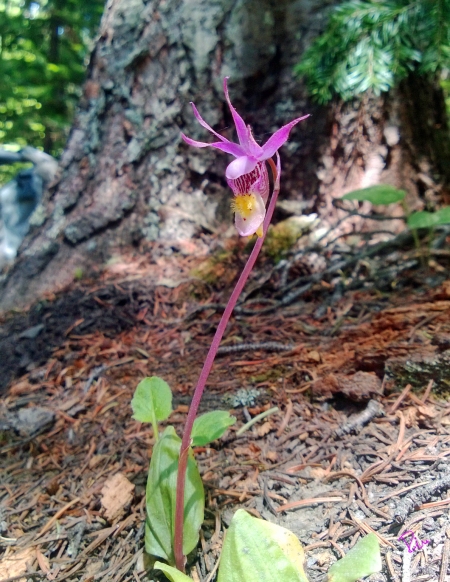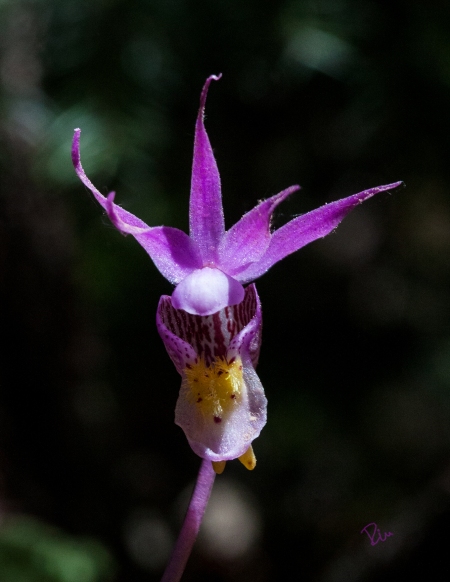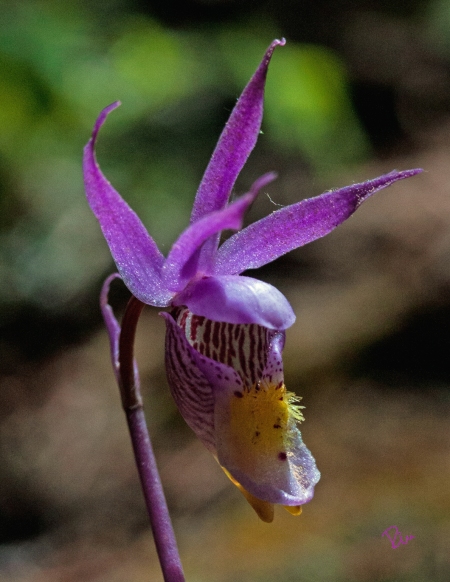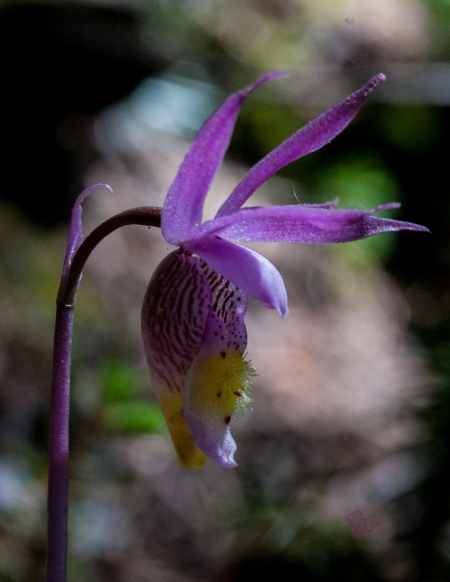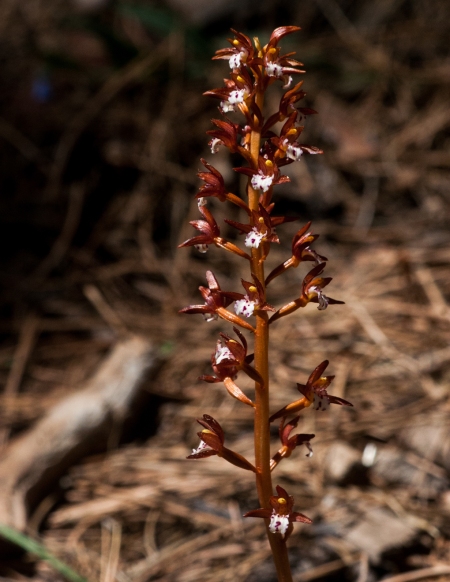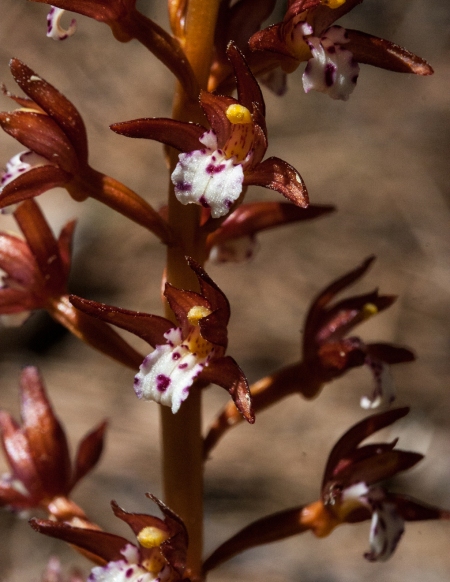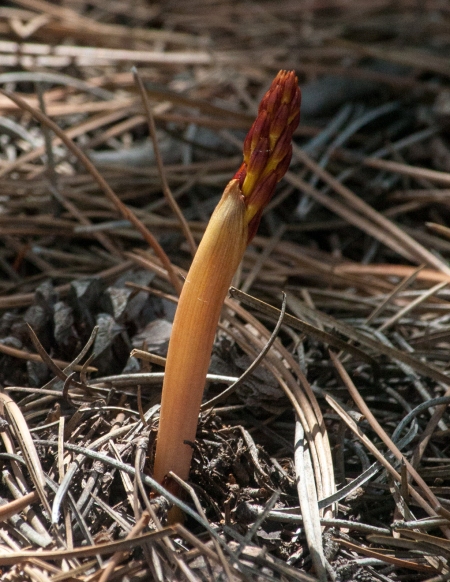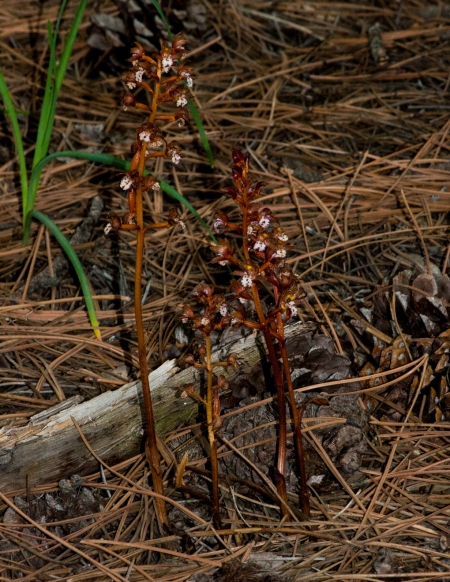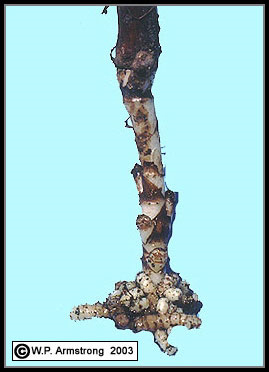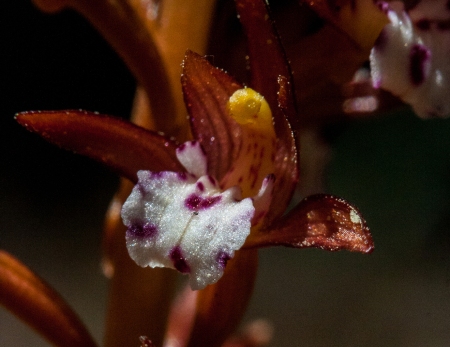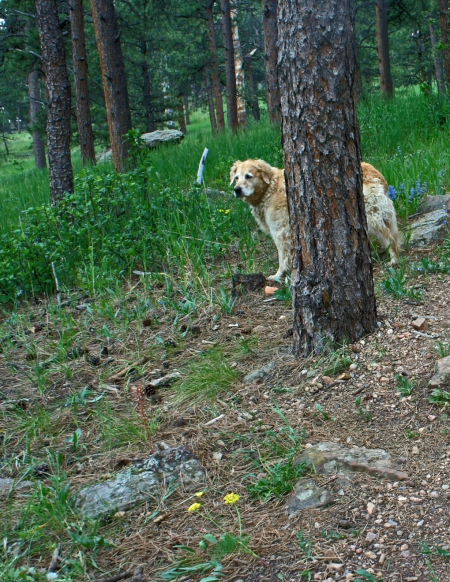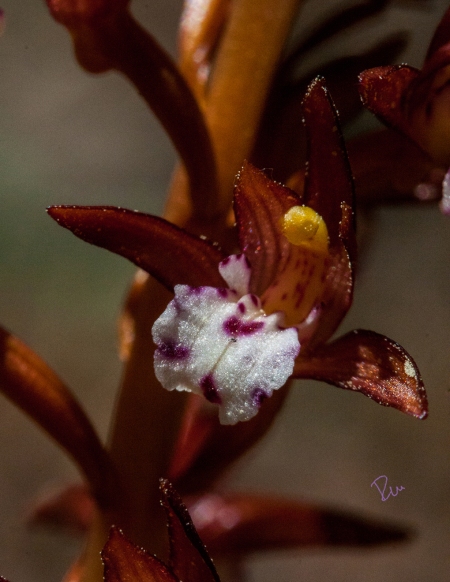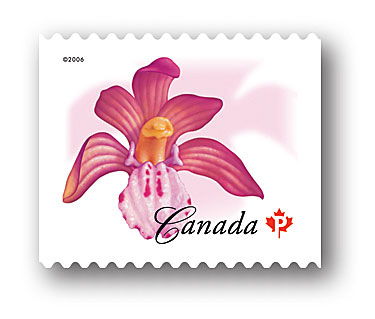Sometimes little things can have mighty big consequences. Here’s a tale about a tiny plant that has the potential to help provide us with clean energy, produce new medications, end world hunger and reduce water pollution. I found it on the way to the South Boulder Creek Trailhead from the East Boulder Community Center…
To the left of this sign I spotted a green pond full of life in what was otherwise a pretty dormant landscape…
At first I thought it was algae but upon closer inspection I realized that the pond was covered with small plants busy photosynthesizing …
It wasn’t difficult to identify this small plant and to discover the big tales it has to share…
This was my first encounter with duckweed (Lemna minor) named for the ducks that love to eat it. It turns out that this diminutive plant is of great interest to scientists. Research into duckweed is promoted by the International Lemna Association and the International Committee on Duckweed Research and Applications. A comprehensive genomic study of duckweed was published in February 2014.
Here are some quick facts about this mighty little plant:
-The duckweeds (genus Lemna for water plants) are the smallest, simplest and fastest growing flowering plants known to people who know such things. These tiny plants can rapidly cover enormous bodies of still water such as this duckweed invasion in Lake Maracaibo in 2004…
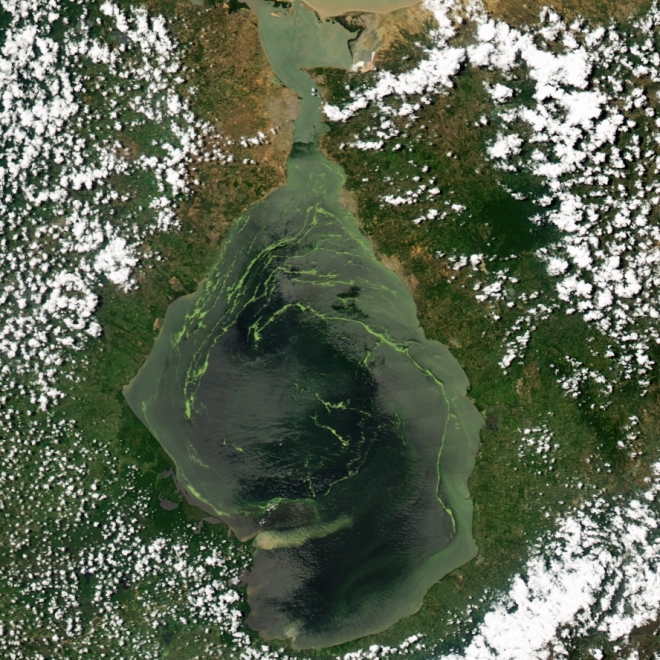
Green swirls of duckweed dominate the center of Venezuela’s Lake Maracaibo in this Moderate Resolution Imaging Spectroradiometer (MODIS) image acquired by NASA’s Aqua satellite on June 26, 2004.
-Individual plants consist of a single, flat oval modified stem no more than ¹/4″ (5mm) in diameter.
-The flowers are rare and are nearly invisible at ¹/₃₂“ (1mm) in diameter…
-Despite its flowers, duckweed sexual reproduction is also rare. More often species propagate asexually by forming new plants from vegetative buds.
-Dense populations of duckweed are an important food source for fish and waterfowl. Because the plant contains more protein than soybeans, it is sometimes cited as a significant potential food source for humans as well. Since the late 1960s, scientists have studied duckweed for animal and human consumption (duckweed farming). Because each plant absorbs nutrients through its whole structure, and not just through a central root system, the tissue contains twice the protein, fat, nitrogen and phosphorus of other vascular plants. Millions of ducks can’t be wrong and duckweed may become the food of the future.
-Some of the most exciting prospects in duckweed technology have been aimed at using this plant as a factory for biopharmaceuticals. This technology is making rapid strides towards practical commercialization.
-Since duckweed floats on the surface of the water it is easily harvested. This makes it effective not only as a food source but also as a way to remove pollutants and toxins from bodies of still water.
-These plants also may play a future role in water conservation because a cover of duckweed will reduce the evaporation of water when compared to the rate of a similar size water body with a clear surface.
-Duckweed is a good candidate as a biofuel because it grows rapidly, has 6 times as much starch as corn, and its cultivation does not contribute to global warming. Additionally, it does not compete for land in food production. It is being studied by researchers around the world as a possible starch-based feedstock for cellulosic ethanol production. Duckweed just might be a source of cost-effective, clean, renewable energy.
-Our knowledge of its complete DNA sequence yields insights into how duckweeds are adapted for rapid vegetative growth. Their trick is to genetically mimic the rapidly growing juvenile stages of other plants. The research, simply titled The Spirodela polyrhiza genome reveals insights into its neotenous reduction fast growth and aquatic lifestyle was published in Nature Communications in February 2014. In simpler words, duckweed never grows up! A trait which could come in handy.
-The traditional wisdom is that only seeds can be spread in bird feces but scientists working in Brazil have just discovered that one duckweed, Wolffia columbiana, has a surprising talent. The authors report that this duckweed can likely hop entirely intact from wetland to wetland by hitching a ride in the feces of birds. Since duckweeds can reproduce by copying themselves one duckweed poop is capable of eventually creating a dense mat of duckweeds where there were none before.
We earthlings have a lot riding on this little super weed that refuses to grow up.
